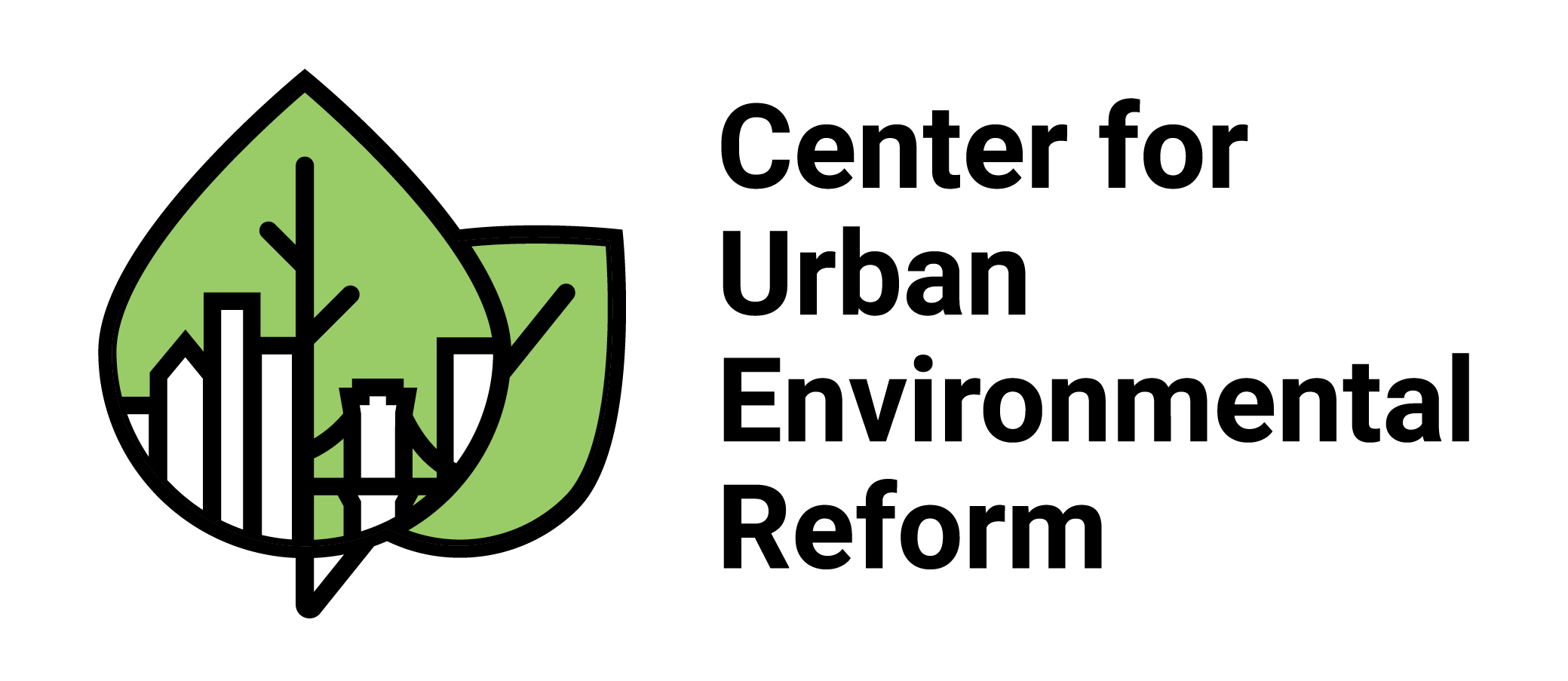The Problem With Stormwater Runoff
When it rains, Stormwater often drains off of urban surfaces into a city’s water treatment facilities or directly into their waterways. This can be a serious problem because waterways can become overburdened by the extra water. These can overflow and transfer untreated water into clean or healthy waterways. In New York, this is an acute problem because most of the freshwater coming into the city goes untreated. When untreated wastewater or stormwater enters these waterways, they can cause significant problems for human health and for the ecosystem.
Luckily, there are prospects for reducing stormwater runoff by increasing green infrastructure and resiliency in urban environments. Urban gardens or green roofs have the potential for reducing runoff by absorbing some of the water before it can run off into sewage or other waterways, and actually become more effective as time passes. First, they are more flexible and can be efficient for small or large levels of stormwater, and created as needed to adapt to increasing levels of rainfall. Second, as urban gardens or green roofs age, they are able to absorb more water and to absorb that water more efficiently. This means that an investment in green infrastructure becomes more cost-effective as time goes on, whereas traditional pipes or sewer systems become less effective.
Currently, Pittsburg is undergoing a massive effort to invest in green infrastructure and to research the effect each piece of infrastructure has on stormwater run-off. This will provide vital information for green infrastructure’s long-term viability, location, and efficiency in the face of varying amounts of rainfall. There is an interactive map that can be found here to see the results of these projects as time goes on. Hopefully, this research and investment will provide a model for urban environments to reduce stormwater run-off and increase green infrastructure.

